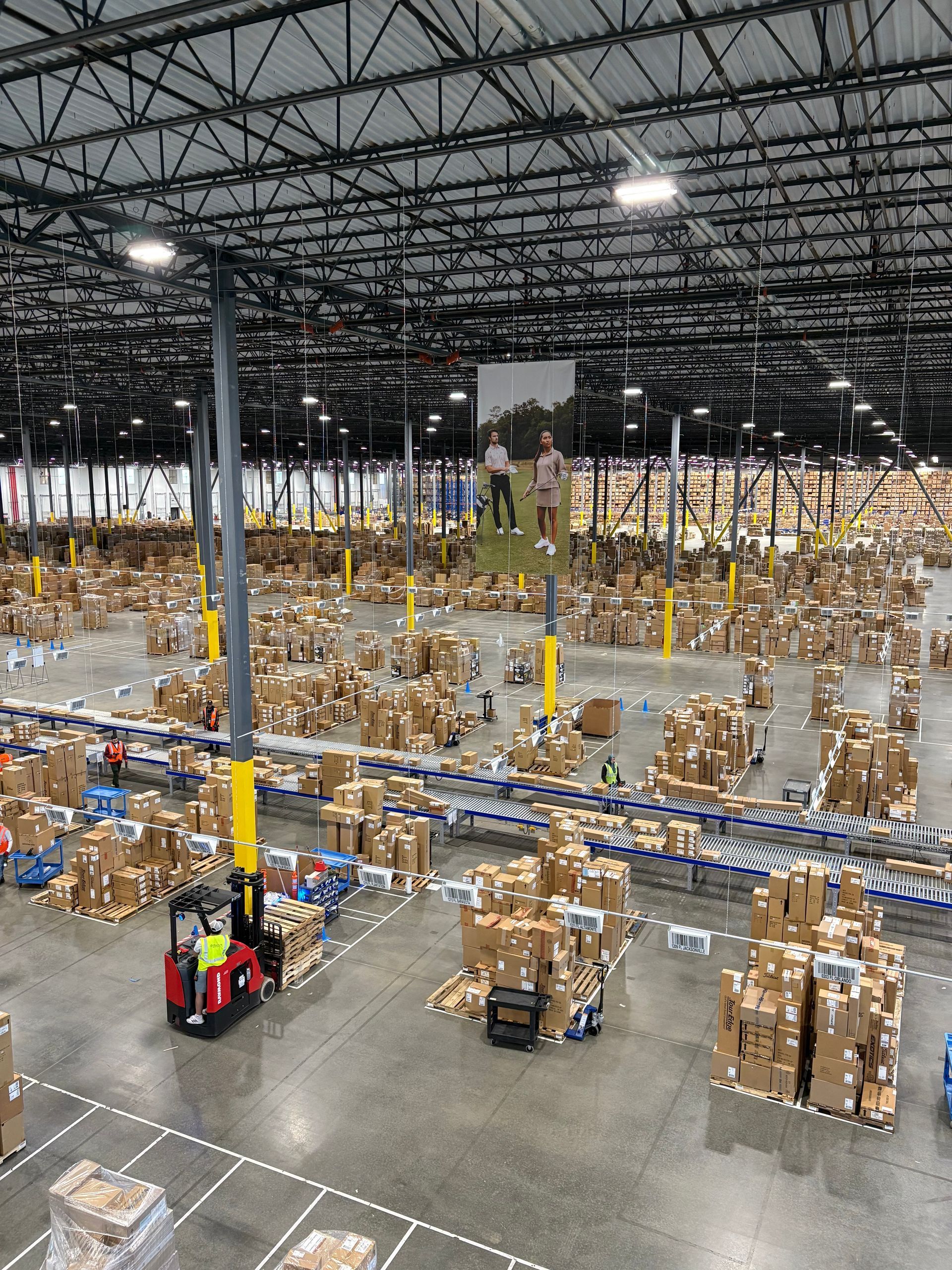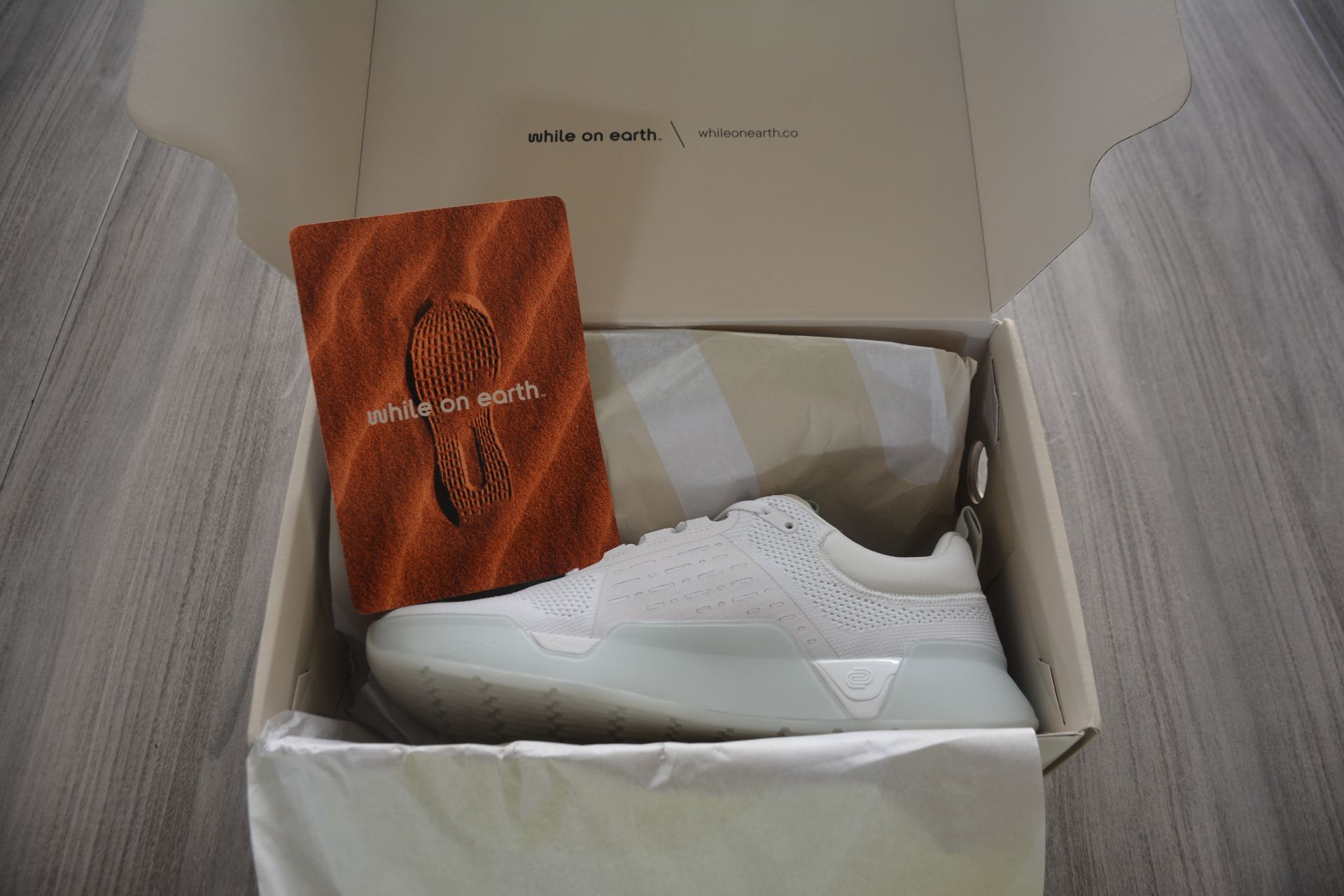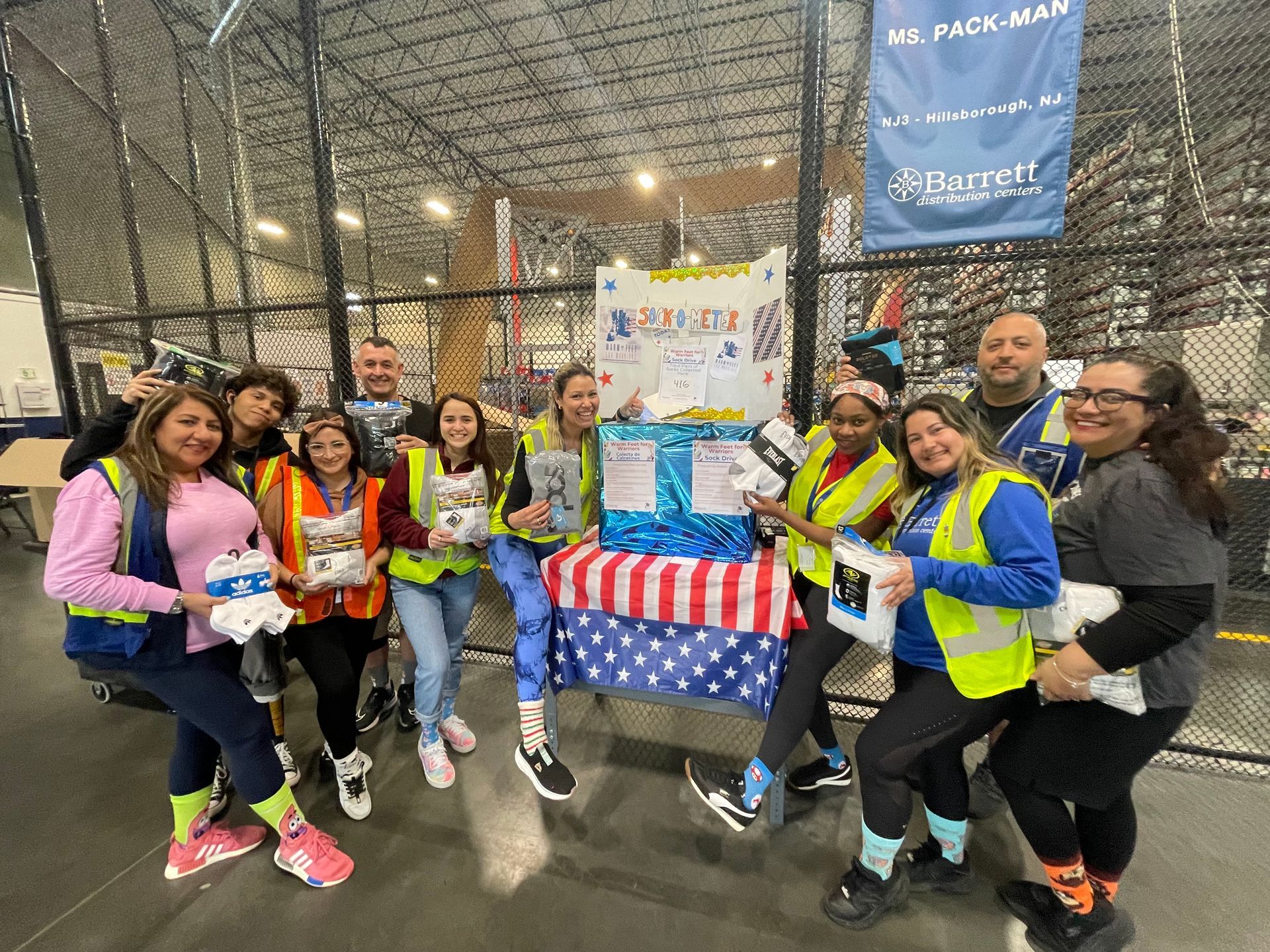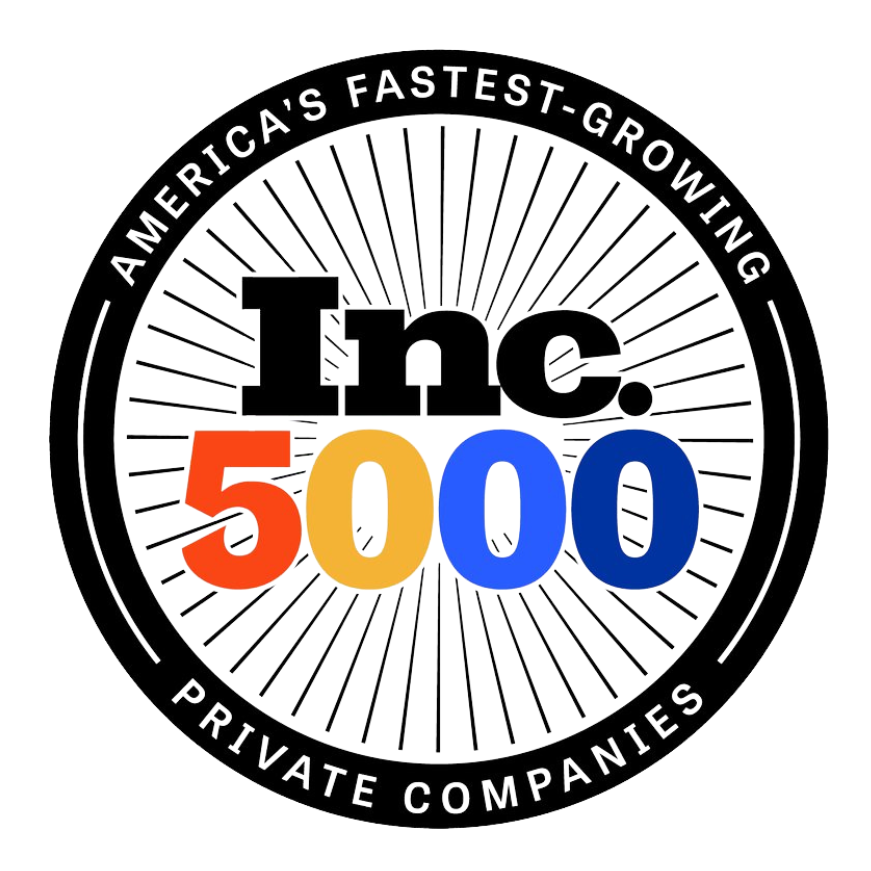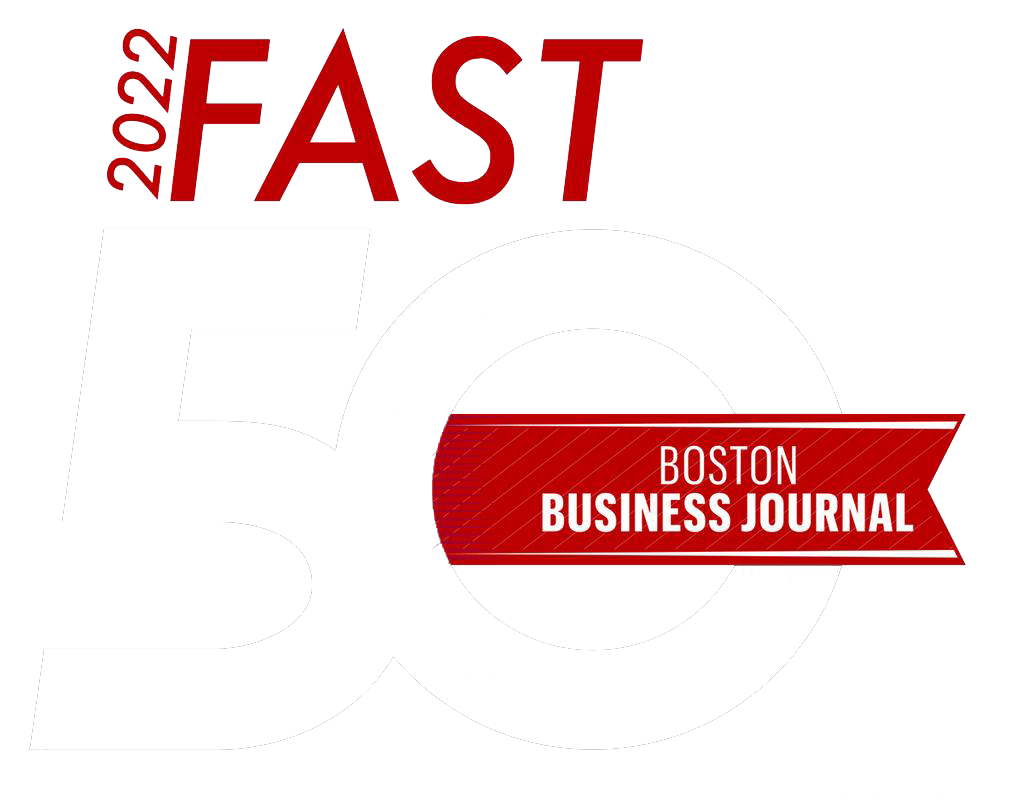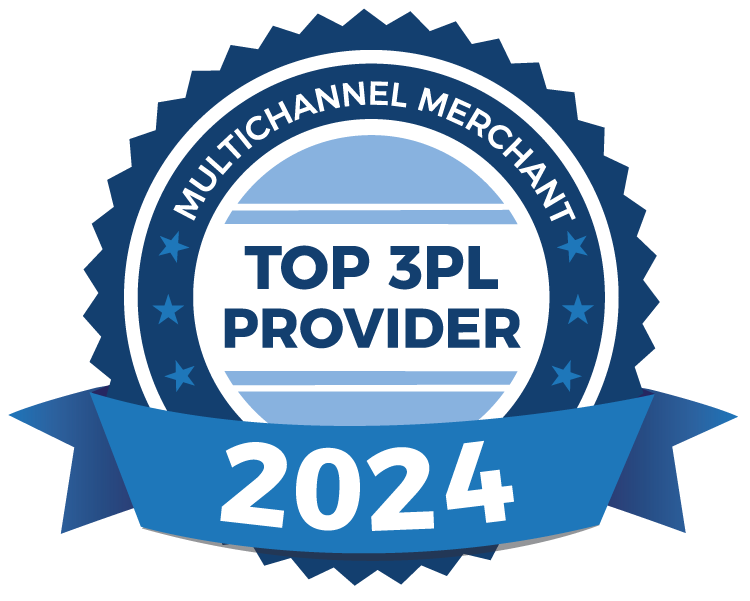Choosing the Right 3PL Partner: A Comprehensive Checklist
According to a 2022 Third-Party Logistics study of over 300 respondents, 73% of shippers (3PL users) reported that partnering with a 3PL has enhanced their customers' experiences while introducing innovative ways to improve logistics effectiveness. Even more impressive, 86% of shippers agreed that using a 3PL has led to greater cost-efficiency in their logistics operations.
Over the past decade, the logistics industry has undergone significant shifts, with a surge in 3PL providers aiming to capitalize on the global market’s expansion. But buyers, beware—not all 3PLs are created equal.
With countless options, how do you make the right choice? Here's a comprehensive checklist to help you navigate the selection process and find the best 3PL partner for your business.
1. Industry Experience
One of the first things to consider when choosing a 3PL partner is their experience in your industry. Look for a provider that understands logistics and has expertise in your specific market. For example, we specialize in e-commerce, retail and omnichannel fulfillment at Barrett. This deep knowledge allows us to anticipate and address industry-specific challenges.
Checklist:
- Does the 3PL have experience in your industry?
- Can they provide case studies or references from similar clients?
- Do they understand the seasonal peaks and trends specific to your business?
2. Scalability
Your business will evolve, and your 3PL partner should be able to grow with you. Flexibility and scalability are essential, whether you’re expanding into new markets or scaling up during peak seasons.
Checklist:
- Can the 3PL accommodate your growth?
- Do they offer flexible solutions that can adapt to your changing needs?
- Are their facilities and technology systems equipped to handle future expansions?
Barrett Partnership Testimonial:
"The Barrett team does a great job of being flexible and responsive to all our logistics needs. Ken’s Foods exists in a dynamic manufacturing environment, and we continually challenge Barrett with last-minute changes to our just-in-time world, supporting our packaging operation and managing outbound distribution. Our multi-year relationship started small, and each year we do more with Barrett as they have become a reliable and trusted asset in helping us manage the tremendous growth we experience annually."
— Jim Bourne, Sr. Director @
Ken’s Foods
3. Technology and Innovation
Technology is crucial to supply chain success. A 3PL partner should provide cutting-edge solutions for real-time tracking, inventory management and data analytics to ensure efficiency and transparency across the supply chain. Our advanced systems offer real-time tracking, giving customers complete visibility into their shipments from origin to destination. This transparency allows for proactive decision-making and swift problem resolution, ensuring potential disruptions are handled before they impact your business.
Checklist:
- Does the 3PL offer advanced technology for inventory and order management?
- Can you track your shipments and inventory in real-time?
- Do they provide data-driven insights to help optimize your operations?
4. Geographical Reach
Where are your customers located? Does your 3PL have the network to meet those demands? Whether your business operates regionally, nationally, or internationally, your 3PL provider needs a robust and strategically placed network to support your growth. Barrett, for example, offers a comprehensive footprint across key logistics hubs in the United States, with a network of over 26+ locations in cities such as Boston, Los Angeles, Memphis and Dallas.
Checklist:
- Does the 3PL have strategically located facilities that align with your customer base?
- Do they offer global solutions if your business operates internationally?
- How quickly can they deliver to your key markets?
5. Customization, Personalization and Flexibility
Every business is unique, and your 3PL partner should offer value-added services tailored to your specific needs. From personalized packaging to custom fulfillment services, flexibility in operations is key to ensuring that your brand identity is maintained throughout the customer experience.
Our capabilities extend to services like personalized kitting, custom engraving, embroidery and branded packaging—ensuring that your products make an impact from the moment they reach the consumer. With Barrett’s personalized solutions, as a 3PL provider, we become an extension of your brand, helping you deliver products and memorable customer experiences that reinforce your market presence.
Checklist:
- Can the 3PL tailor its services to match your business model?
- Do they offer value-added services like kitting, assembly, or custom packaging?
- Are they willing to adapt to your brand’s specific requirements?
6. Customer Service and Communication
Communication is the cornerstone of a successful 3PL partnership, and at Barrett, we pride ourselves on our commitment to one-call resolution. Our teams are trained to be proactive and empowered to make decisions, so when you reach out to Barrett, you're not just getting a representative—you’re engaging with a logistics expert who understands your business and can take immediate action. Whether you’re looking for real-time updates on your shipment, need to address an unexpected challenge, or require a quick adjustment to your fulfillment process, Barrett’s focus on one-call resolution means that your concerns are prioritized and handled swiftly.
Checklist:
- Is there a dedicated point of contact for your account?
- How responsive is the 3PL in addressing issues or concerns?
- Do they offer proactive communication during disruptions or delays?
7. Cost Transparency
While cost shouldn’t be the only factor in your decision, working with a 3PL that provides transparent pricing is crucial. Hidden fees or unexpected charges can negatively impact your bottom line.
Checklist:
- Is their pricing structure straightforward and easy to understand?
- Do they offer a breakdown of all potential fees?
- Can they help you find cost-saving opportunities without sacrificing service quality?
8. Reputation and Stability
Finally, choosing a 3PL with a solid reputation and a proven track record is essential. Barrett has been in business since 1941, giving us over 80 years of experience in the supply chain industry. Barrett’s long history isn’t just about experience—it’s about trust. Over the decades, we’ve built strong relationships with our clients by consistently delivering results, innovating our services and staying ahead of industry trends. Our ability to evolve while maintaining the highest service standards has allowed us to navigate industry challenges and shifts, proving that we’re not just here for the short term but committed to long-term success for our partners.
Checklist:
- How long has the 3PL been in business?
- Do they have positive reviews and testimonials from other clients?
- Are they financially stable and capable of supporting your growth?
Conclusion
Choosing the right 3PL partner is more than just ticking boxes—it’s about finding a provider who can act as a true extension of your business. At Barrett Distribution Centers, we pride ourselves on being a partner who not only delivers operational excellence but also shares your vision for success.
Looking to explore how Barrett’s solutions can help your business scale and simplify your supply chain? Contact us today to chat with one of our experts.
Recent Blog Posts
